Debugging is one of the most important but painful parts of any software process. To find some errors you have to run the code step by step to see which section of the code is responsible for the error. This is called runtime debugging.
Read more »
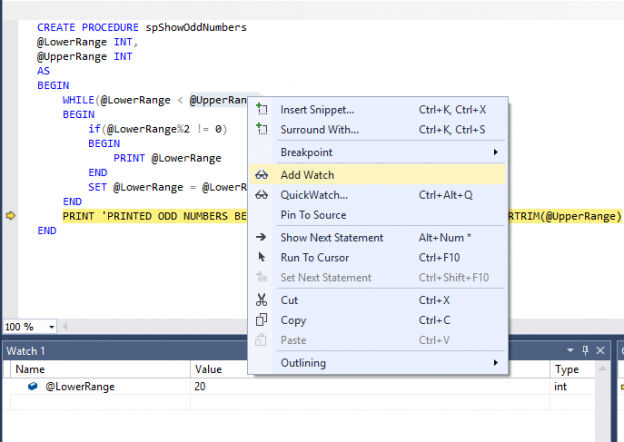


Debugging is one of the most important but painful parts of any software process. To find some errors you have to run the code step by step to see which section of the code is responsible for the error. This is called runtime debugging.
Read more »
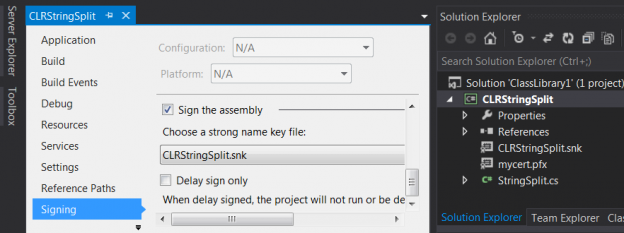
Every seasoned SQL Server developer will tell you that no matter how hard you try, there are just operations in SQL Server better implemented elsewhere than relying on native Transact-SQL language (T-SQL). Operations such as performing complex calculations, implementing regular expression checks and accessing external web service applications can easily lead to your SQL Server instance incurring significant performance overhead. Thankfully, through its common language runtime (CLR) feature, SQL Server provides developers with a platform to address some of the inconveniences of native T-SQL by supporting an import of assembly files produced from projects written in. Net programming languages (i.e. C#, VB.NET). I have personally found CLR to be very useful when it comes to splitting string characters into multiple delimited lines.
Read more »

Dynamic management views (DMVs) and dynamic management functions (DMFs) are system views and system functions that return metadata of the system state. On querying the related system objects, database administrators can understand the internals of SQL Server. It allows us to monitor the performance of the SQL Server instance, and diagnose issues with it.
SQL Server 2017 ships with a number of new and enhanced dynamic management views and dynamic management functions that will help DBAs monitor the health and performance of SQL Server instances. A few existing DMV’s such as sys.dm_os_sys_info and sys.dm_db_file_space_usage have been enhanced. Some have also been newly built and available only for SQL Server 2017.
Read more »
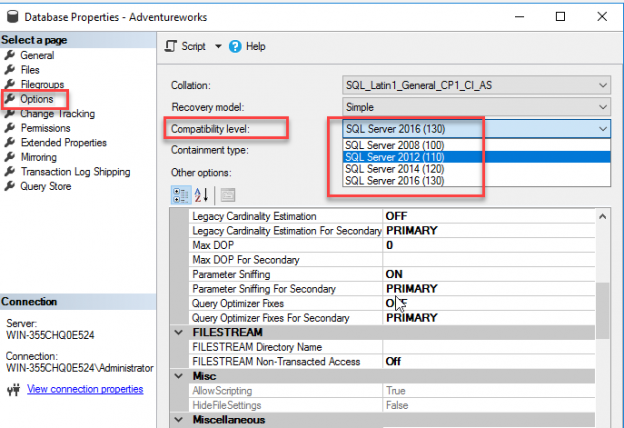
I was training some Oracle DBAs in T-SQL and they asked me how to create arrays in SQL Server.
I told them that there were no arrays in SQL Server like the ones that we have in Oracle (varray). They were disappointed and asked me how was this problem handled.
Some developers asked me the same thing. Where are the arrays in SQL Server?
Read more »
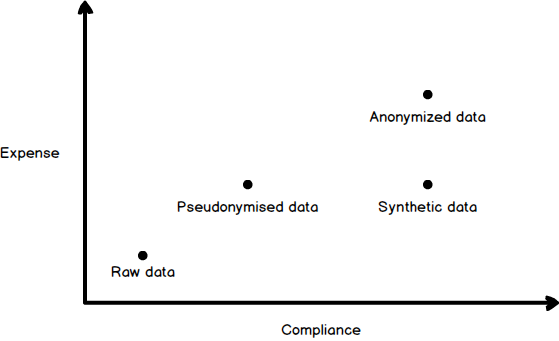
To SQL Server DBAs who are the shepherds of data in organizations, key GDPR questions, in general, center around whether data will need to be treated differently, safeguarded more etc. and specifically, as it relates to allowing production data to be used in testing.
That will be the focus of this article as we’ll work our way through the details of this regulation as well as various authoritative articles on the subject, to address this key question. Then we’ll look to ways and means to potentially ameliorate our findings to provide alternatives and workarounds if possible.
Read more »
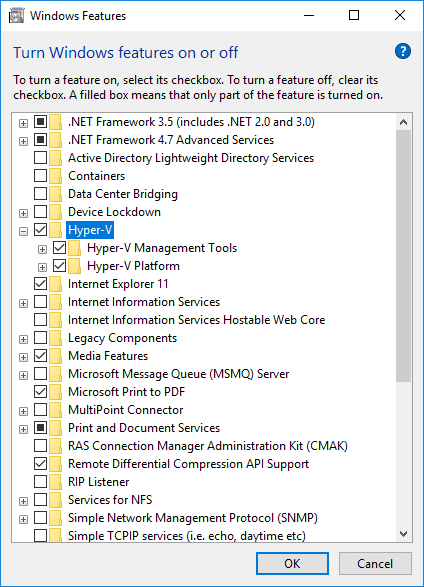
There are often situations I want to test a piece of software or the latest version of SQL Server for a proof of concept, maybe even the new Power BI Report Server. I could install these locally, where I’ve likely got previous SQL installs or an already burgeoning system. You could be lucky that you have access to Virtual Machines that you can build out for the task. Now add a few hours to setup Windows or even just the applications themselves. Those VMs may be in Azure, or AWS, now add a few £’s or $’s every time you want to work on something. Did you remember to turn them off?
Read more »
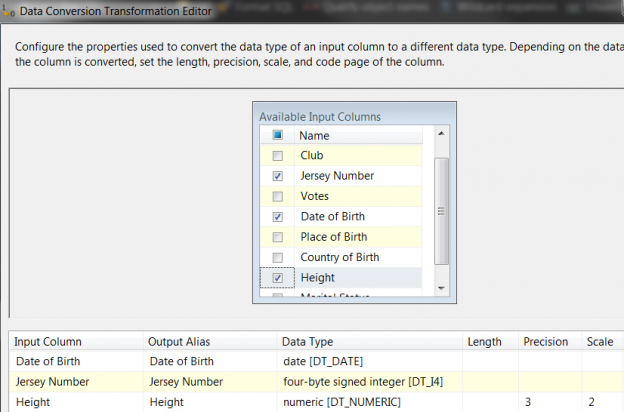
An enterprise data warehouse ETL solution typically includes, amongst other steps, a data transformation step that converts source data from one data type into another. It is during this step that type conversion errors may occur and depending on the type of exception handling techniques implemented in the ETL solution (or lack thereof), frustration may occur for both ETL developers and DBAs when trying to identify and resolve type conversion errors. In this article we take a look at a trio of SQL TRY built-in functions that were introduced in SQL Server 2012, namely, TRY_PARSE, TRY_CAST, and TRY_CONVERT and how they could be utilized to reduce type conversion errors in ETL solutions and thereby saving developers needless troubleshooting exercise.
Read more »
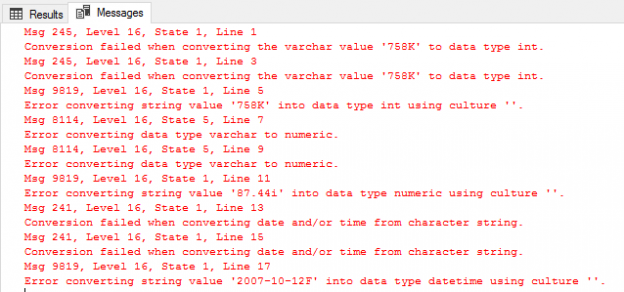
When you define SQL Server database tables, local variables, expressions or parameters, you should specify what kind of data will be stored in those objects, such as text data, numbers, money or dates. This attribute is called the SQL Server Data Type. SQL Server provides us with a big library of system data types that define all types of data that can be used with SQL Server, from which we can choose the SQL Server data type that is suitable for the data we will store in that object. You can also define your own customized user defined data type using T-SQL script. SQL Server data types can be categorized into seven main categories:
Read more »
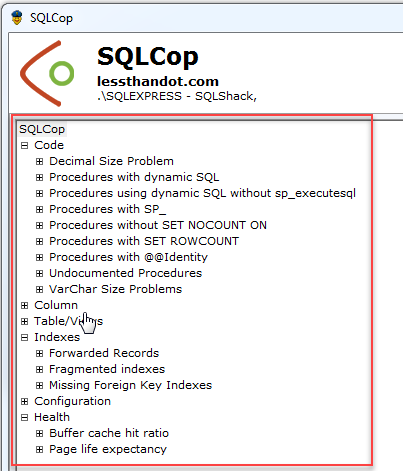
SQL unit testing is rising in popularity amongst database developers. The importance of Code Quality in Software Development has increased over the period of time. Everyone wants to follow coding standards and write clean code. However, to timely deliver a product to Business we end up in violating design principles, writing fewer unit tests, increasing code complexity and breaching best practices. This increases the overall Technical Debt of the application and has the potential to halt future development work by creating unplanned work.
Read more »

If you’ve been developing in SQL Server for any length of time, you’ve no doubt hit this scenario: You have an existing, working query that produces results your customers or business owners say are correct. Now, you’re asked to change something, or perhaps you find out your existing code will have to work with new source data or maybe there’s a performance problem and you need to tune the query. Whatever the case, you want to be sure that whatever changes have been made (whether in your code or somewhere else), the changes in the output are as expected. In other words, you need to be sure that anything that was supposed to change, did, and that anything else remains the same. So, how can you easily do that in SQL Server?
Read more »

In most cases, we will use clustered and non-clustered indexes to help a query go faster, but these kinds of indexes have their own limitations and cannot be used for fast text lookup. For instance, a LIKE operator will lead SQL Server to scan the whole table in order to pick up values that meet the expression next to this operator. This means it won’t be fast in every case, even if an index is created for considered column.
Read more »
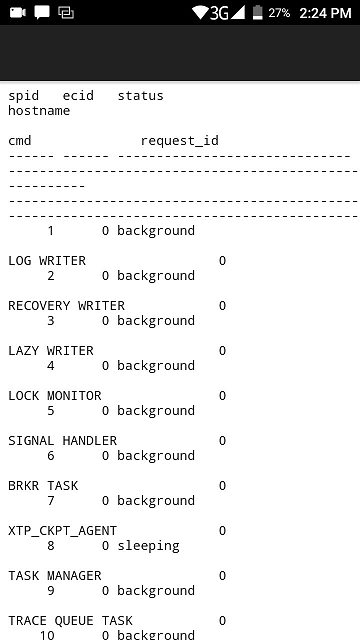
Sometimes there are tasks that require too much time to finish during business hours and we need to leave the office with some still pending like the migration of data, backups or long running queries. In such cases, we would still want to receive an email in our smartphones to make sure that the job was completed successfully.
Read more »
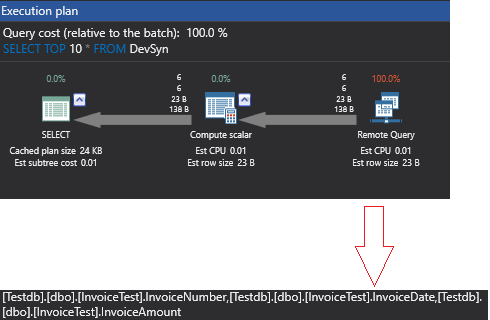
The concept of SQL Server Synonyms was introduced the first time in SQL Server 2005 as an alias name that references an existing database object, replacing its fully qualified name. In this way, it makes the database object more portable and provides more flexibility for the clients to reach and maintain it. You can imagine Synonyms as a layer of abstraction that provides us with an easy way to connect to and manage the database objects without the need to identify the real name and location for these objects.
Read more »

Do you want to make your deployments risk free? Do you want to deliver business values to your customers faster? Do you want to increase the efficiency of your Team? Are your application and database deployment separate processes? Do you encounter issues while deploying your database changes? Is your database slowing you down?
Read more »
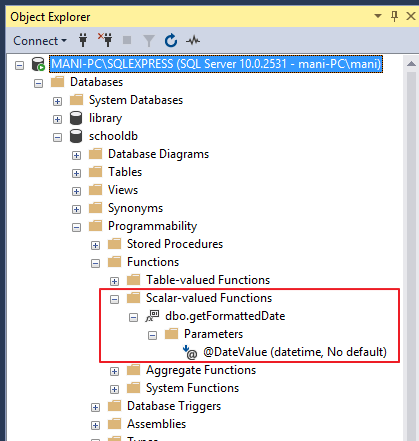
A function is a set of SQL statements that perform a specific task. Functions foster code reusability. If you have to repeatedly write large SQL scripts to perform the same task, you can create a function that performs that task. Next time instead of rewriting the SQL, you can simply call that function. A function accepts inputs in the form of parameters and returns a value. SQL Server comes with a set of built-in functions that perform a variety of tasks.
Read more »

Linked servers allow getting data from a different SQL Server instance using single T-SQL statement.
This article will explain how to create, configure and drop a SQL Server linked server using system stored procedures.
Read more »

Like any other enterprise RDBMS system, SQL Server ships with several built-in functions that make developers’ T-SQL code clean, convenient and reusable. To demonstrate the efficiency of functions, say we needed to retrieve a server name for one of our SQL Server instances. Well, one of doing this would be to write a SELECT statement that would query the system view [sys].[servers] from the master database as shown in Script 1.
Read more »
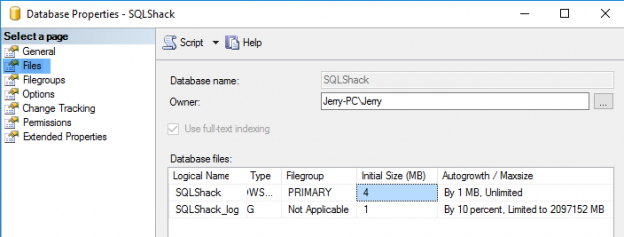
In the previous article in this series on dynamic management views in SQL Server, we used DMV’s to discover some basic information about databases on an instance you are connected to, along with some ideas about getting basic file system and security info. I promised to dive into security next but first I’d like to explore a topic that is currently quite critical for the company I work for today: tracking space usage.
Read more »
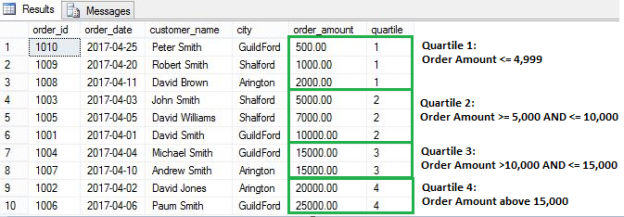
All database users know about regular aggregate functions which operate on an entire table and are used with a GROUP BY clause. But very few people use Window functions in SQL. These operate on a set of rows and return a single aggregated value for each row.
Read more »
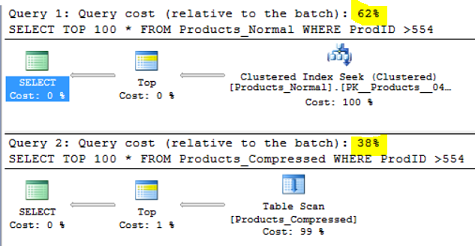
The concept of data compression is not a new on for SQL Server Database Administrators , as it is was introduced the first time in SQL Server 2008. In that SQL Server version, you were able to configure the compression at the row and page levels on the table, index, indexed view or the partition. The row and page level compression is not the best choice in all cases, as it does not work well on the Binary Large Objects (BLOB) datatypes, such as the videos, images and text documents.
Read more »

In the last two articles on dynamic management views in SQL Server, Discovering SQL server instance information using system views and Discovering more SQL Server information using the built-in dynamic management views (DMVs), we used DMVs to discover a fair bit of information about the SQL Server instance we’re connected to. In this article, we’ll begin diving in to database specifics. There is a lot of territory to cover! We’ll also use several of the built-in functions that come with SQL Server.
Read more »
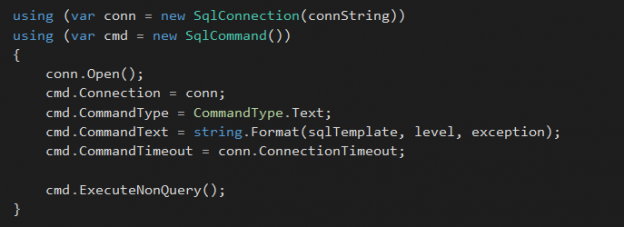
In a software development life cycle, Code Review plays an integral role in improving the product quality. Having a Code Review Checklist is indispensable since it ensures that the best practices are followed and reviews are performed consistently. It is essential for developers to be aware of the coding guidelines while working on their code changes. Catching a bug early in the process is inexpensive and easier to resolve, than compared with a bug caught later in the game. Having all the common mistakes added to the checklist document is a great way to create awareness and ensure good code quality over a period of time.
Read more »

In the previous article of this series “An introduction to set-based vs procedural programming approaches in T-SQL”, we’ve seen from a simple example that we could find actual benefit from learning set-based approach when writing T-SQL code.
In this article, we will carry on in this way by having a look at what a set is and what we can do with it in a mathematical point of view and how it’s implemented and provided to us in SQL Server. We will also have a look at more “realistic” examples using Microsoft’s AdventureWorks database.
Read more »

Most IT professionals started their studies or careers by learning programming languages like Basic, Cobol, C, Pascal, Java and so on. Those languages produce results using a sequence of operations or procedures. For this reason, this approach is called procedural programming.
Read more »

The last time I wrote an article relating to Team Explorer, I used it to express my unhappiness with Microsoft’s decision to “break from the norm” and not provide us with a standalone installer for Team Explorer 2015. Such a decision affected development teams that uses Team Explorer to store, collaborate and manage SQL Server-related solutions (i.e. T-SQL scripts, SSRS, SSAS, SSIS) into TFS source control. Well, the good news is that it looks like Microsoft has finally heeded the call of bringing back the standalone installer for Team Explorer as Visual Studio 2017 (available from release 26403.00) now contains a standalone Team Explorer 2017 installer.
Read more »© Quest Software Inc. ALL RIGHTS RESERVED. | GDPR | Terms of Use | Privacy